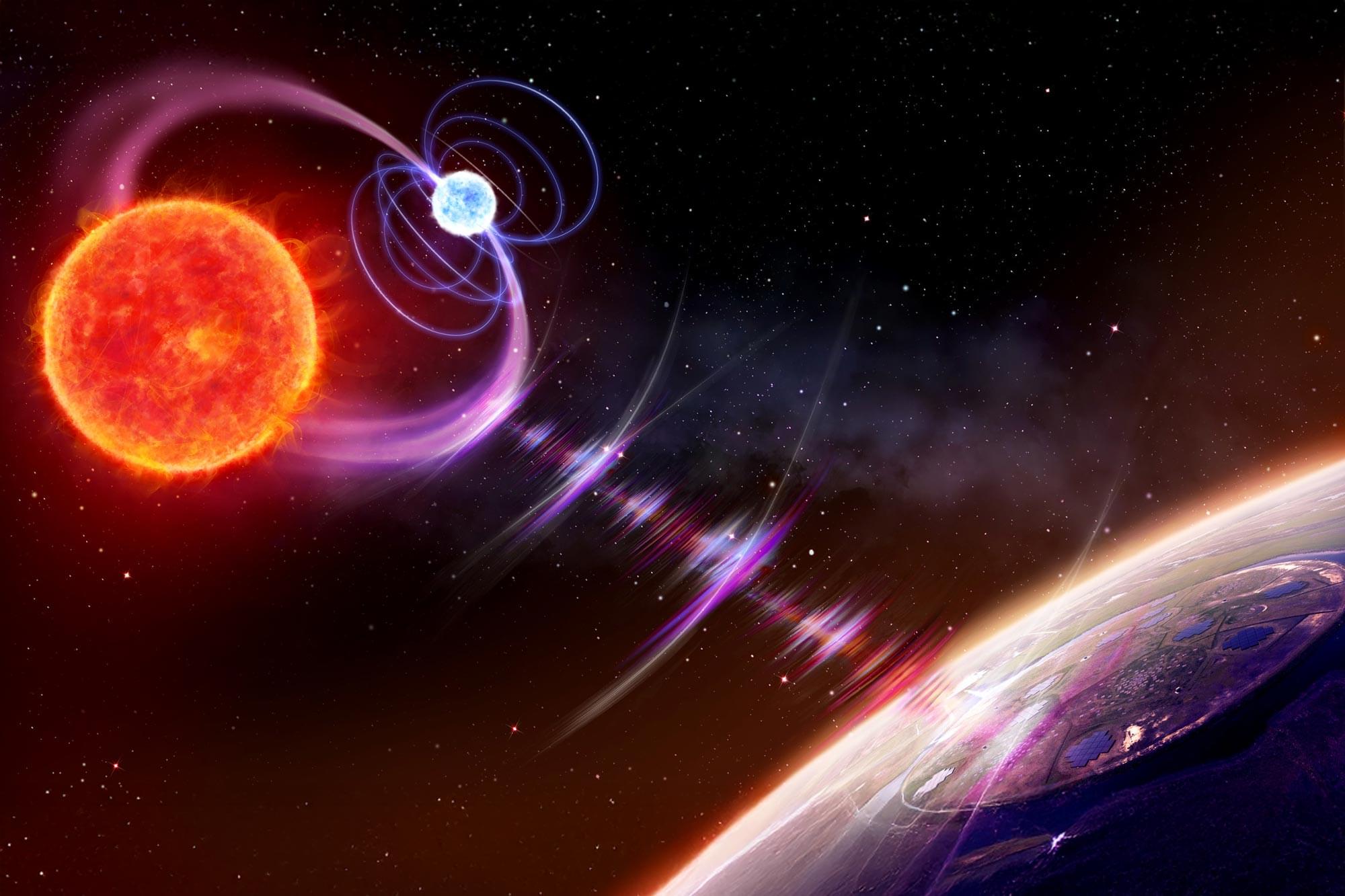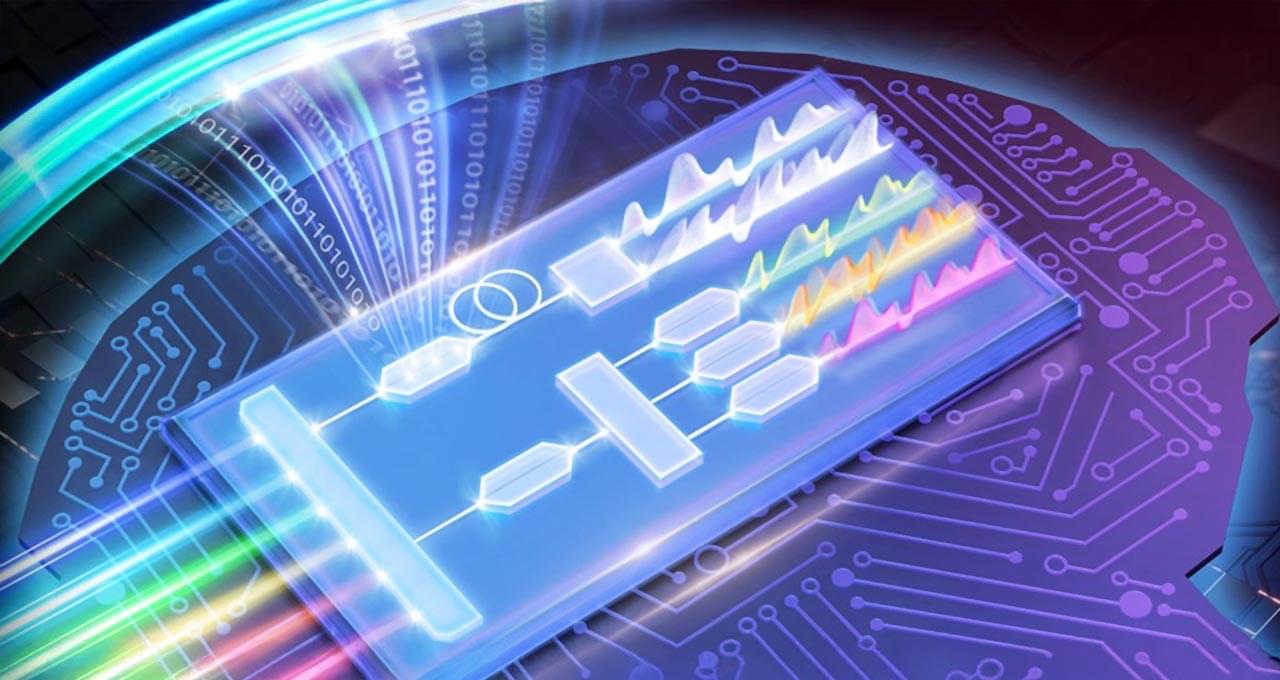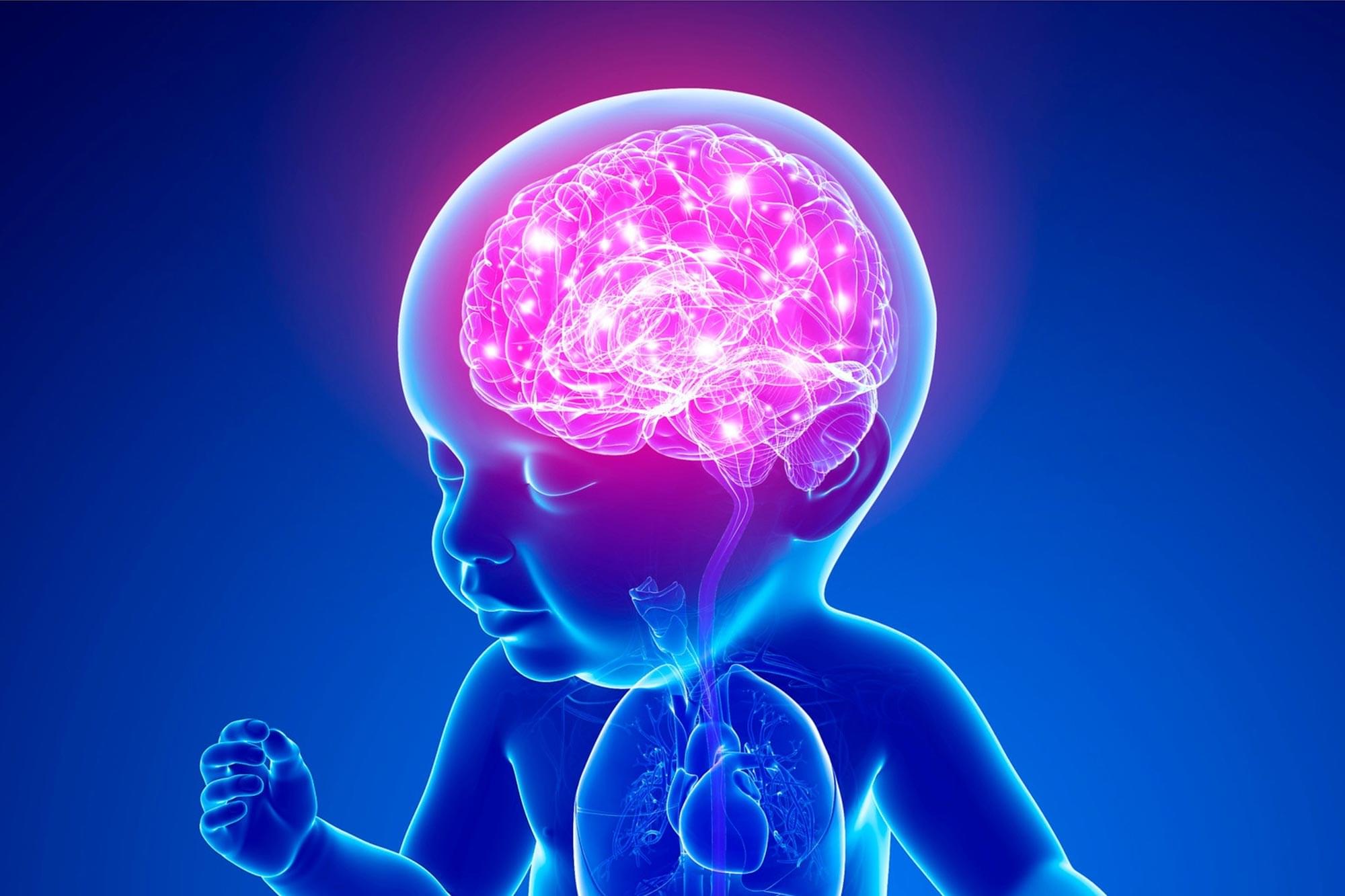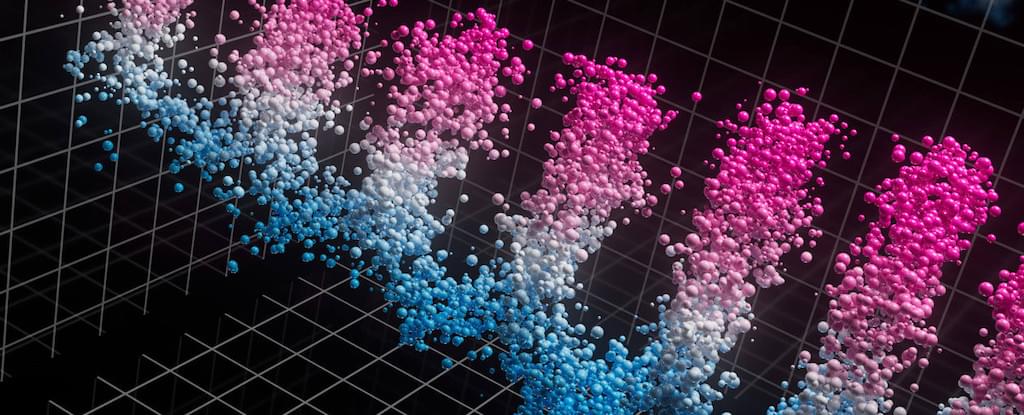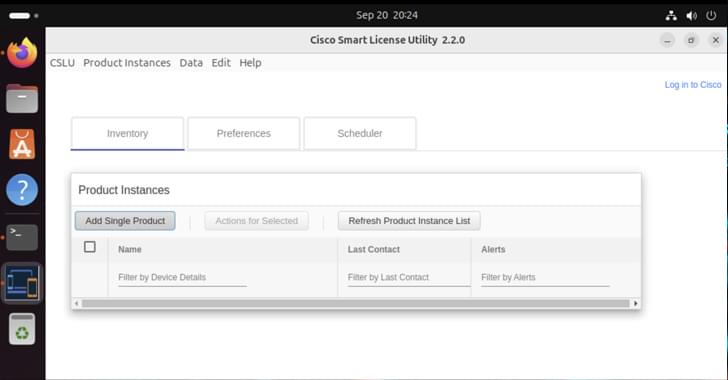A new imaging technique is helping ultra-powerful MRI scanners detect tiny differences in the brains of patients with treatment-resistant epilepsy. In a groundbreaking study, doctors at Addenbrooke’s Hospital in Cambridge used this approach to identify hidden brain lesions, allowing them to offer patients surgery that could cure their condition.
7T MRI scanners, named for their use of a 7 Tesla magnetic field, which is more than twice as strong as the 3T scanners commonly used, have previously struggled with signal blackspots in key areas of the brain. However, researchers from Cambridge and Paris have developed a technique that overcomes this issue, as detailed in a study published today (March 21) in Epilepsia.
The challenge of treating focal epilepsy.

